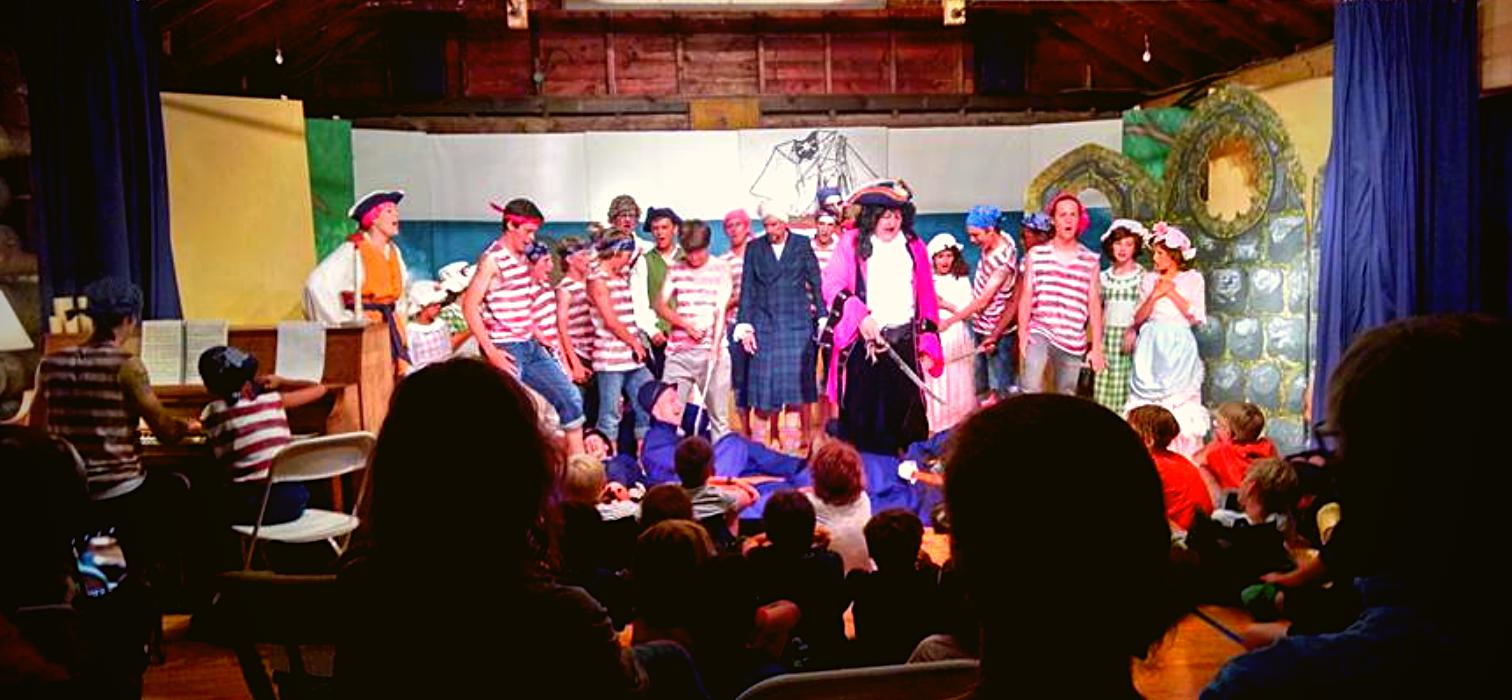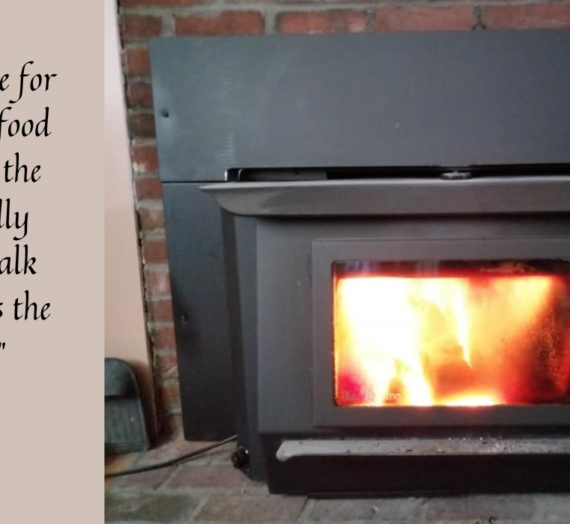I’m going to give you fair warning – there is a lot that goes into theatre, so this post is more to give you super basic ideas that will help you branch off into more research. Sometimes when we are completely new to a topic, we don’t even know what questions need answers, so that is what I hope to help you with here. I will go more in depth on each of these points in future posts.
A lot of what I will be talking about is on a community scale play (that could take place at a church, a school, a town hall, etc.). Let’s begin with the fundamentals. To put on a basic play, you will need to be able to collaborate (you might be able to fill multiple roles, but having a crew is best, especially depending on the size of the production). Here are some of those roles:
- Director
The director gets the final say on all designs, choreographs the actors’ blocking, makes sure licenses and script copies are in order, directs every rehearsal, creates the rehearsal schedule, and makes any changes to the script (if allowed by the playwright). - Assistant Director
The assistant director works to ease the director’s load. Sometimes he/she works one-on-one with actors that are struggling, directs in the director’s absence, or writes notes for the director during rehearsals. - Props Manager (sometimes this is the assistant director)
The props manager reads the play several times while marking and writing a list of any props that show up and for which scenes. They also should create an ideas board so the director can approve the style/era of the props (telephones in the 50s look a lot different than our cellphones today, haha), as well as the color! - Scenic Designer (and crew)
The scenic designer reads the play several times, researches the era or style of the play (according to the script), creates an ideas board, presents a rough sketch to the director, and creates the design (the blue print with all measurements and a colored sketch). The crew is needed to carry out the design by collecting materials and large furniture for the set and building walls, platforms, and so on. - Costume Designer
The costume designer reads the play several times, researches the era or style of the play (according to the script), creates an ideas board, presents design ideas for costumes to the director, and begins creating or collecting the costumes as soon as possible. Having a crew to help sew is very helpful. Actors need to be familiar with their costumes early on – costumes can affect the way they sit, run, and dance in particular. - Make-up and Hair Designers
The make-up and hair designers must work together and also work closely with the costume designer in creating the play’s characters. They will also need to study the play to get to know the characters. Do certain characters need bags under their eyes or very messy hair? Who is proper, with their hair in a tight bun and flawless skin? Who was very fashionable and what was the fashion at that time? And who has wrinkles from years of laughter? These designers should also research the style or era of the play and create an ideas board and rough make-up and hair sketches to present to the director in meetings. Make-up designs especially will need to be finalized and shared among any crew members as early as possible to keep everyone quick and efficient when it’s time. - Light and Sound Designer
Sometimes there is a light designer and a sound designer, but a lot of times these roles can be combined in small theatre. This designer must also read the play several times and mark light or sound cues. From there a list can be made, specifying the cues and which scenes they are found in. This designer will need to find recordings for sound early on and set the lights as soon as the final light design is completed and approved by the director. Unfortunately, this designer does not get as much time as the others, because lighting has to wait until the stage (where are the windows, do the walls have color?) and costumes (you don’t want to turn red costumes brown!) are made and being used. If you’re using live music there will be a little more to this one! But the same ideas of communication and timing apply. - Light and Sound Technician
This is the person who applies the light design and sound collection during the play. They will need to collect the cues from the designer and practice everything during the final rehearsals. It’s also good to have a way to communicate with stagehands so the lights don’t come up too early. - Stagehand(s)
Stagehands stay backstage, ready to move props or moving parts of the set as quickly and quietly as possible. They often will need a way to communicate with whoever is on light and sound (whoever has eyes on the set and can help if there is an issue, as well as time blackouts). - Actors
It’s probably pretty clear that actors are needed! But what responsibilities do they have? Actors need to show up at practices (a wise director will have actors sign forms that give all such expectations) and commit to rehearsing lines and committing them to memory by a certain date (given by the director). Actors need to be humble and allow the director to help them shape their character, but should also be active in giving life to their character.
These roles may sound intimidating, but, as I said, the level of expertise is all dependent on the scale of the production. A lot of churches only have one or two people who perform all of these roles – but can easily get burnt out. It is best to have a team whenever possible.
For a play to be successful, all of these different roles must come together to create one unified product. It is largely up to the director to make sure collaborative meetings are held as regularly as needed to keep everyone on the same page. In fact, it is the director (or producer if there is one) that must collect designs that the designers submit and make sure they are cohesive. In other words, the set and the costumes should “match” each other unless contrast is needed to create a specific effect. Eras and styles ought to match unless the script calls for something unordinary to make a statement. You wouldn’t expect to see Elvis wearing crocs – so don’t do it unless there’s a reason!
If all of this seems to be a bit much, don’t fret. You really only need actors and a proactive director to put on a small play if you’re just getting started. However, as difficult as collaborating can be (or even finding people to get involved with theatre!), it is such a relief to have more hands and more skillsets available.




